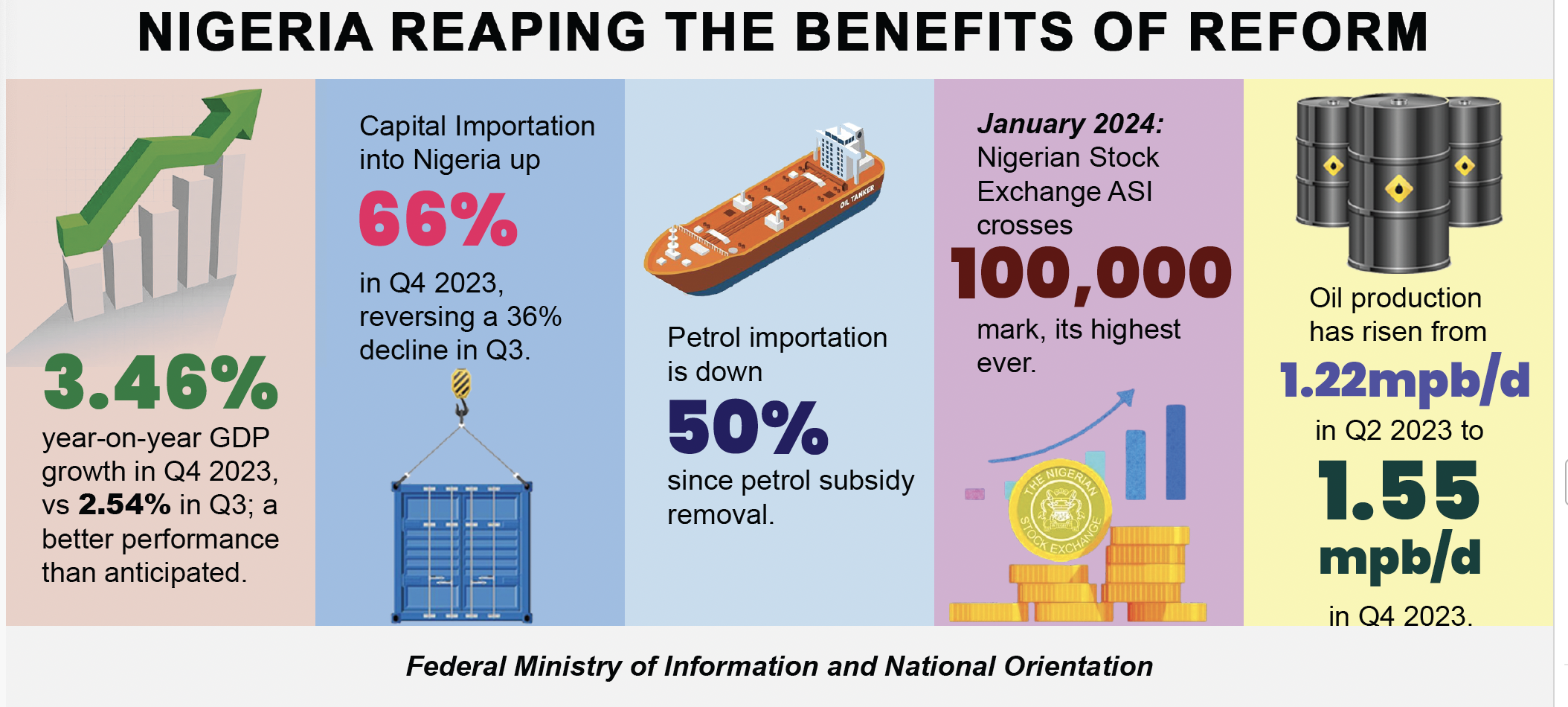The United Nations World Food Program (UN-WFP), on March 13, 2023, published the ten countries suffering the most from hunger. But for the countries like Afghanistan, Syria, Yemen and Haiti making the list, African countries dominated the top hunger-ravaged countries of the world. Democratic Republic of Congo (DRC), the Sahel Countries (Burkina Faso, Chad, Mali, Mauritania, and Niger), South Sudan, Sudan, Somalia, and Northern Ethiopia feature prominently in the committee of countries where famine and hunger reigns. In the publication, the WFP declares that “from the eruption of new conflicts and the escalating impacts of the climate crisis to soaring food and fuel costs, millions of people are being driven closer to starvation each day”. The first import of this revelation is that if the five Sahel countries are experiencing ravaging famine and hunger, the littoral countries of West Africa, especially Nigeria, cannot be insulated from the hunger effects that is wreaking havoc on the Sahel region.
Now, whenever there is scarcity of essential foodstuffs, households with incomes below the poverty line are the most affected. On the entire population, the effects of food shortage will lead to unhealthy struggle or competition all over, increased insecurity, emigration, increasing health issues, high mortality, declining reproduction, increasing food robbery cases in communities, marauders and bandits displacing and disrupting production process. The UN-WFP attested to this with the declaration in its findings that “behind the massive statistics are children, women and men suffering from the dire effects of such severe hunger. Malnourished mothers give birth to malnourished babies, passing hunger from one generation to the next.”
At present, there is acute rice scarcity as blazed by the federal government with its announced 3,000 bags of rice for each of the 36 states and FCT (amounting to 111,000 bags). And being the first foodstuff also on the lips of every government official at the state and local governments to be used for its social welfare programme, it is not surprising that rice can no longer be found in any Nigerian market. Not that the federal or any state government has the commodity to release from its reserves, and not minding the effects of such focused attention on the commodity, contractors were recruited and armed with LPOs to go after rice so that ‘the poor’ can have rice to eat; so that the poor in turn will stop making noise about the effects of sudden transition from the feeding-bottle, social welfare system to a free, market forces-determined economy. The scuttling for rice by LPO contractors engaged by the federal and state governments, well provoked by profit-making weeds, have mopped up every bag available throughout the country, and these contractors still have supply requests they are finding difficult to meet.
As usual in a free market economy, immediately the rice purchase mandate started, the market responded with spiking prices as sudden surge in demands outstrip supplies. Now, wherever few bags of rice can still be found in the last few days, price per bag has risen by average N12,000 all over the country. Despite the harsh effects of the latest federal government’s decisions and actions, rice is now beyond the reach of Nigerians who are not captured to receive anything, no matter how efficient the foodstuffs (palliative) distribution may be.

Also Read:
- Police constable recruitment: Successful candidates get date to resume training
- House Public Accounts Committee recovers additional $14m from oil companies
- Eid al-Fitri: Obasa felicitates Muslims, urges support, prayers for Tinubu
- Aisha Achimugu declared wanted by EFCC speaks, defends business practice
- Police rescue two kidnap victims, hunt for alleged abductors
The above on one hand, the issue with the methods adopted by the governments for the distribution of the palliative foodstuffs to the poor is that of leakages in several places. By using contractors to supply the foodstuffs, there is high costs induced leakages already. Also, the mode of getting the foodstuffs to the beneficiaries is prone to logistics-caused leakages as well as multilayered distribution-caused leakages, to mention few. At the end, what eventually get to the poor, to whom much has been approved to partly cushion the effects of the subsidy removal, will end up not getting up to 40 per cent of the value they ought to get. Without unnecessarily heating up the market, would it have been rather more value-giving if the beneficiaries are given cash to buy what they themselves preferred?
With attendant tormenting scarcity and the untamed rising inflation, the distribution of the palliative stuffs, though meant for immediate reliefs, has led to unparalleled rise in the prices of the target commodities. With this unhealthy development, the deliberate attempt to stimulate local rice production is threatened and jeopardized by high probability of increased wave of smuggling and/or government-ordered importations which is capable of putting an end to the local rice production policy. Or how will this policy summersault, if it happens, impact the local paddy farmers who are struggling with very high production costs, if they have to compete with foreign imports?
In the briefing of July 13, 2023 about the plan of PreBAT administration’s immediate response to the current food inflation in Nigeria, the federal government wants to focus on revamping the agricultural sector with a plan to increase revenue from food and agricultural exports as it ensures there is sufficient, affordable food for the populace. The federal government needs to be extra careful in managing this palliative-induced food scarcity situation so that the food security and local production plan is not aborted before its birth.
Ola Emmanuel is a business planning consultant

